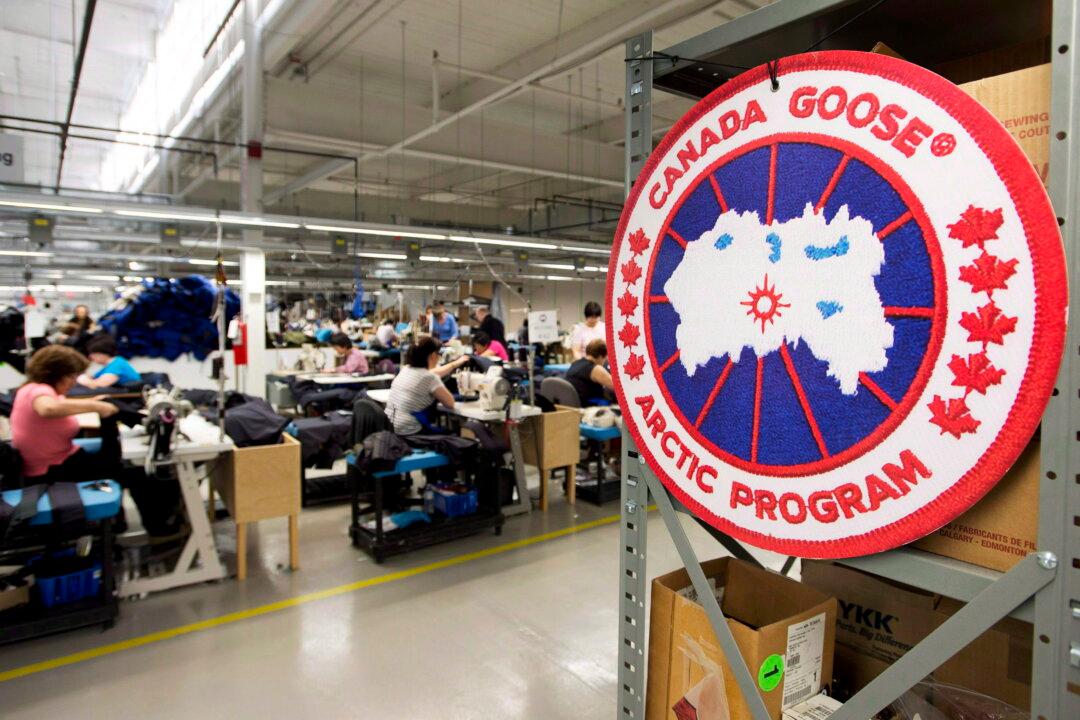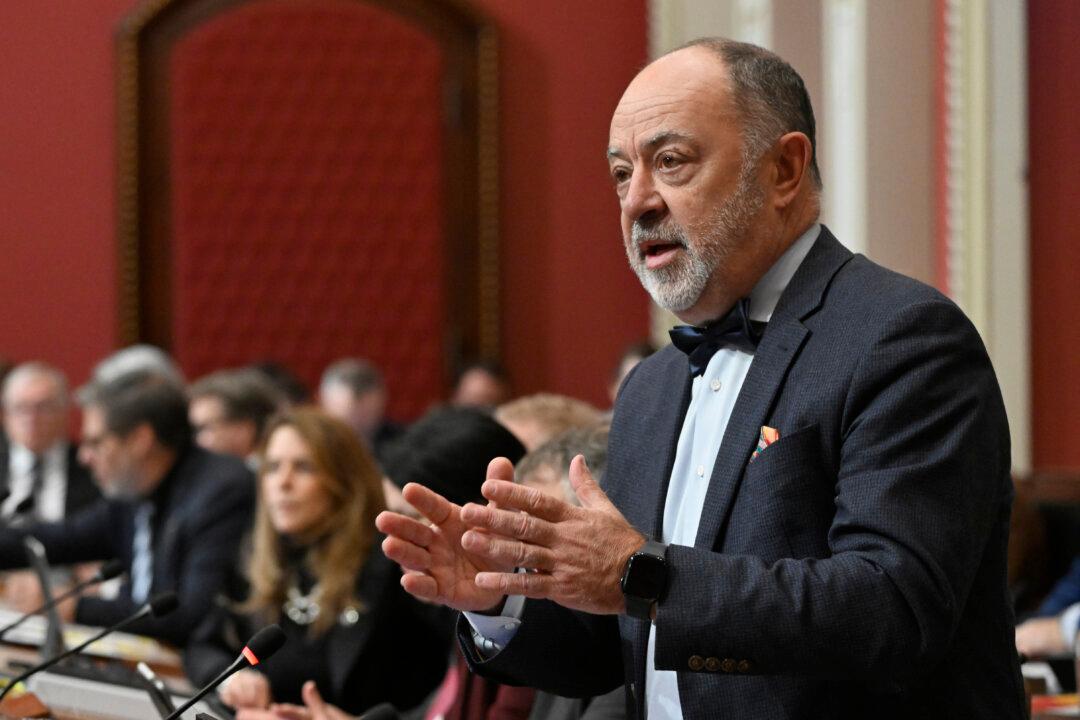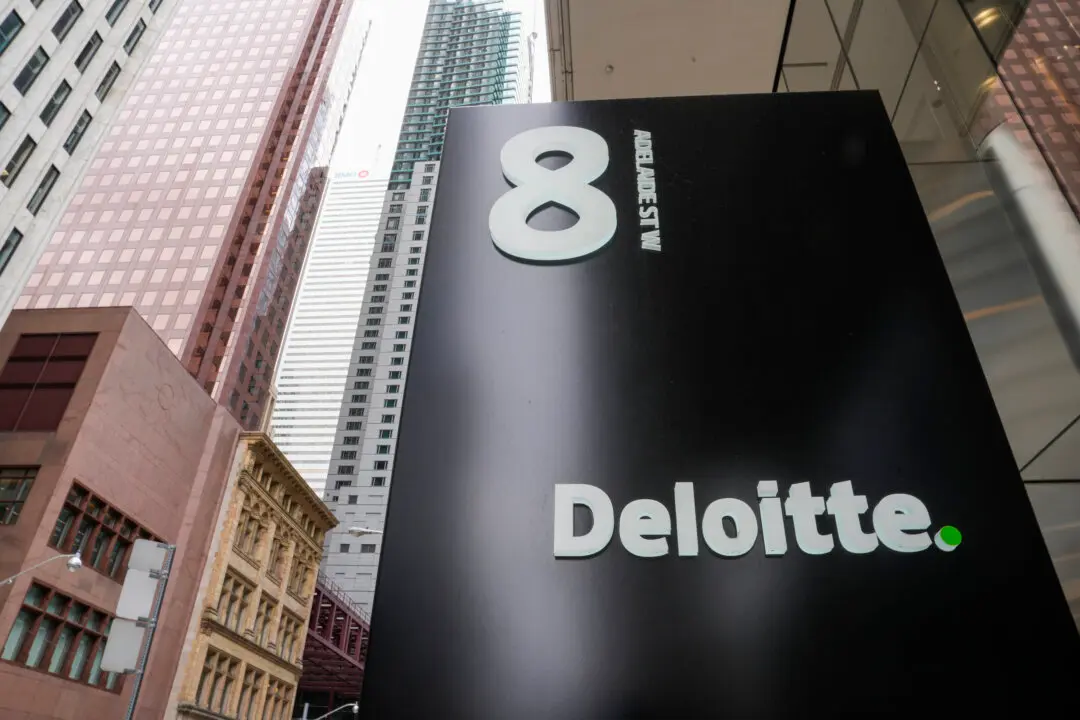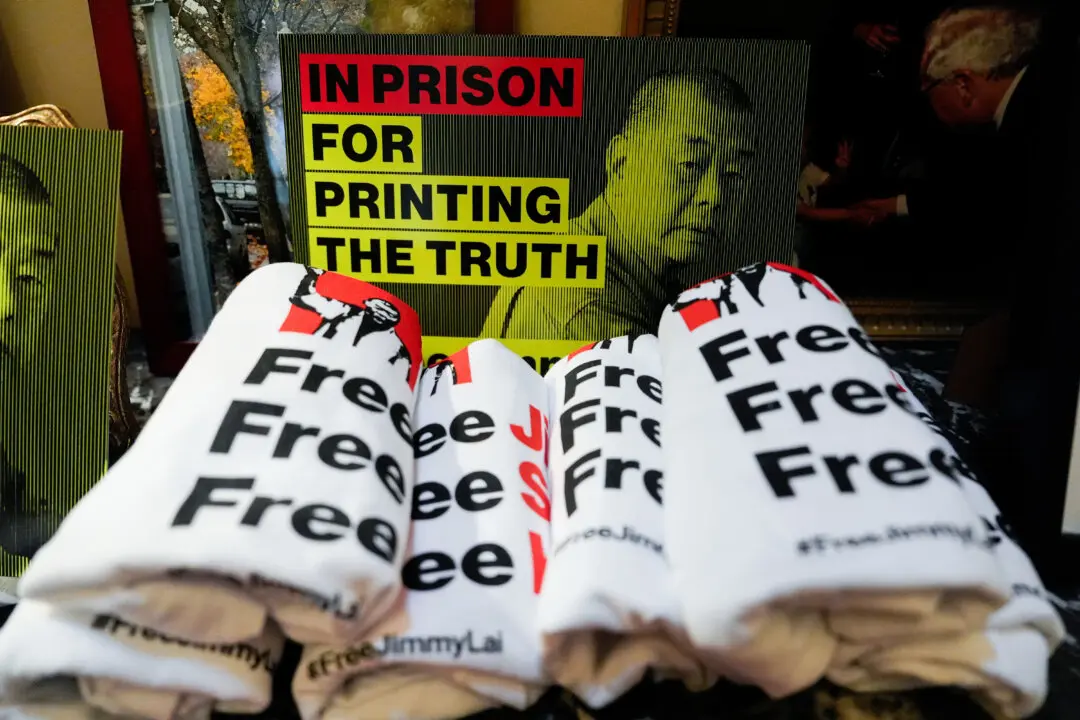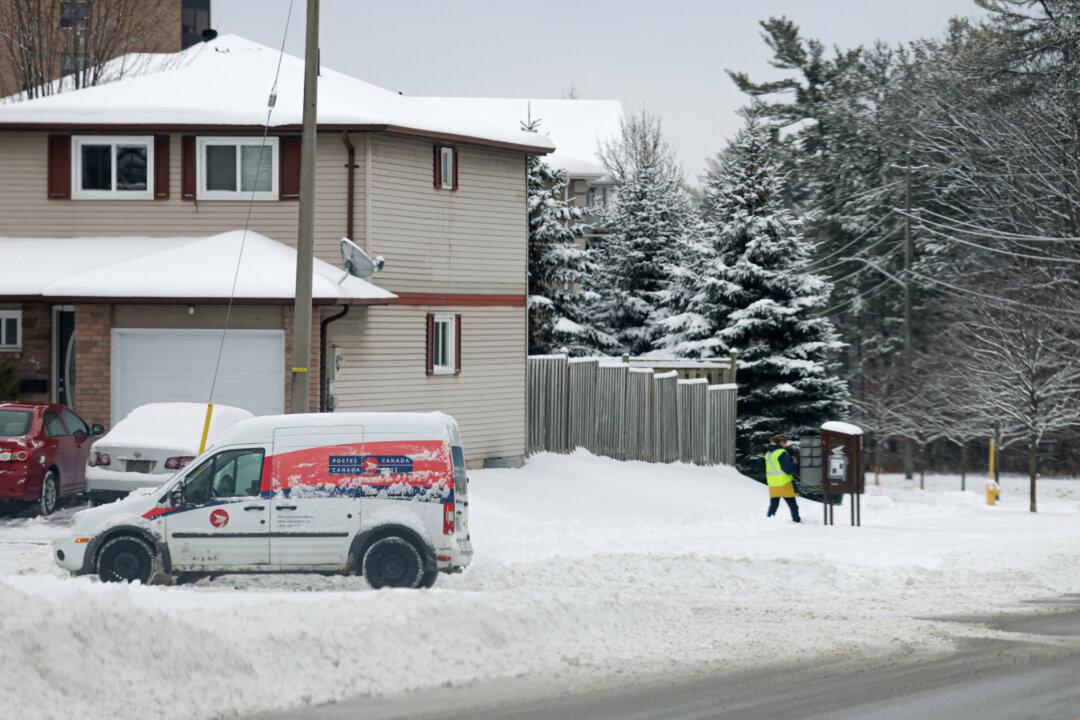TORONTO—Canada Goose chief executive officer Dani Reiss has told customers for years they’ll never find a bathing suit emblazoned with his company’s iconic logo because it doesn’t make sense for the luxury winter apparel brand, but a quick search online will reveal he is sorely mistaken.
Law enforcement and the Toronto-based company known for parkas that sell for about $1,000 have unearthed thousands of bathing suits and other items the brand has never sold before, including tents and pants, both online and in overseas stores.
Like most business owners, Reiss prefers his products not be ripped off and he’s spent considerable time and money trying to stop the flow of counterfeit Canada Goose goods from clandestine overseas manufacturers to markets where fake items are on full display or hidden in back rooms.
“The problem is you close one factory and another one opens,” he told The Canadian Press. “It is hard to imagine seeing the practice stop.”
However, Reiss has a complicated relationship with counterfeiting because he admits it has benefits—especially in Asia, where Canada Goose recently opened stores in Beijing and Hong Kong and a regional office in Shanghai.
“It helped raise awareness...for people who perhaps didn’t know who we were until we were being counterfeited,” Reis said. “It is something that people have referred to as a backhanded compliment and I suppose it is of sorts.”
Reiss has never seen counterfeit Canada Goose goods originate anywhere other than China, but he’s seen the products sold and distributed around the world, dating back to when the brand first became a hit in Europe more than 10 years ago and fakes cropped up in Sweden, Norway, and Denmark.
Since then, Canada Goose has received a steady stream of notifications about fake products from law enforcement and agencies charged with rooting out counterfeiting and the brand has discovered plenty of misleading sellers on digital platforms.
Last season alone, Reiss said Canada Goose removed 30,000 fake online ads and another 1,700 websites falsely portraying themselves as the brand’s official site or a legitimate seller of its products. The company combated them with an online tool allowing customers to input any link and be told if the products advertised at the site are real.
“Our logo is so complicated and intricate that even the best counterfeiters get something wrong with it,” said Reiss, of the crest the brand stitches into all of its products, which features an overhead image of the North Pole surrounded by maple leafs and the company’s name.
Joanne McNeish, an associate professor at Ryerson University specializing in consumer trust and marketing, said counterfeiting can be damaging because it often results in lost sales or reputational troubles.
It can be a compliment though, she said, because “nobody copies something that nobody knows about. It suggests a certain amount of brand recognition.”
She added that companies might see counterfeiting of their products in some markets as a sign of demand in that particular region that can be used to guide their expansion plans before they start spending money.
The trick, she said, is arriving before the fad is over.
“Whether it is a long-lasting demand and a demand on which you can make a profit on is the question,” she said. “It is not automatic now that you can go to China and be successful.”
